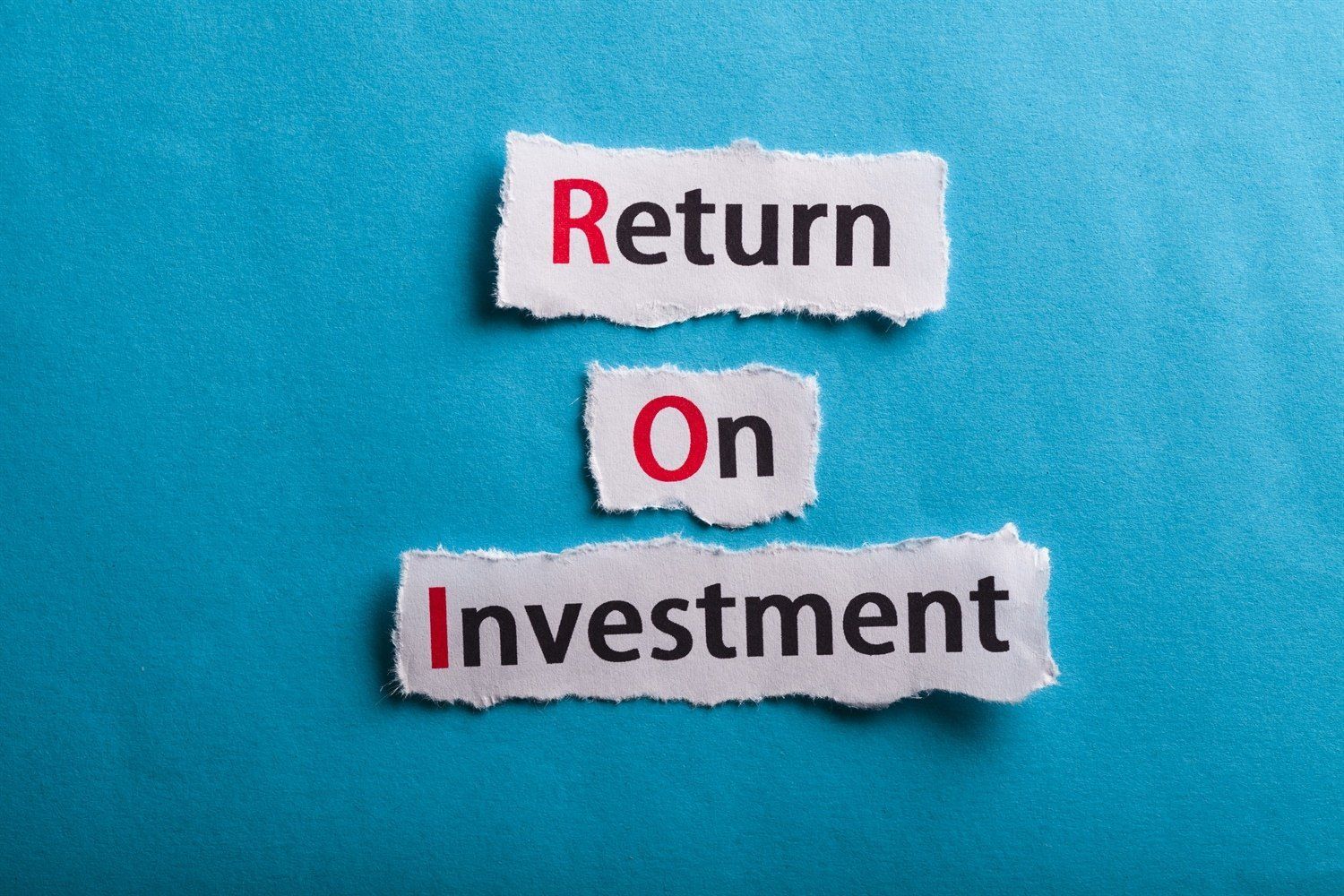It’s Time to Go Back to Business Basics
“There is only one boss. The customer. And he can fire everybody in the company from the chairman on down, simply by spending his money somewhere else.”— Sam Walton, Wal-Mart
Today’s challenging global economy is forcing many corporate marketing and sales professionals to go back to basics in an effort to re-evaluate how they conduct their daily business and search for areas demanding improvement. Many are finding that the strategies and tactics employed during the past decades of active growth are no longer as effective in generating sales and new customers.
In many ways the past economic expansion has created a somewhat passive, order-taking culture compared to yesteryear, when marketing and sales functions were pro-active, innovative, and driven by the desire to outperform the competition. The goal was always to keep existing customers happy and to win every sale from any new business opportunity.
Some might argue that yesterday’s marketing and sales strategies and tactics are indeed ancient history and will not apply in today’s business world and all the clever electronic technologies that support it. On the contrary, I say, because in the final analysis, a product or service is sold or purchased only when its value exceeds its cost.
I firmly believe after almost 40 years of hands-on sales and marketing experience, that it has been and will forever be the challenge of marketing and sales professionals to quickly, cleverly, and clearly establish a product’s value in the eyes, minds, and hearts of customers in order to capture a sale and retain business.
As long as a product or service is at least competitive when compared to all others in the marketplace, value should be successfully supported by presenting first the benefits it delivers. Those benefits are in turn supported by its unique and matching features, all of which is supported by a corporate culture based on service.
There are many old truths that will be key to business, marketing, and sales success in this new emerging economy. Most have to deal with acquiring an acute focus on effectively stimulating targeted prospects, quickly and efficiently responding to their questions and concerns, and striving for excellence in closing sales and providing outstanding service before, during, and long after the sale is made.
Each of us has experienced in our daily consumer lives many levels of service. For the most part we all would rather do business with people and businesses we like, respect, and who in turn like and respect us by delivering what they sell and standing behind it.
The order-taking philosophy of the last few decades of business has created an environment where the answers to the following questions can no longer sustain a successful business of tomorrow:
Without going any farther, it’s easy to see why some businesses are laying off their workforce, going bankrupt, or even closing their doors. It isn’t rocket science to realize that something has gone awry. Common sense tells us that treating others the same way we wish to be respected and treated has merit and will be required to succeed in the future.
In many cases technology in this new economy has turned the tables on our ability to conduct business on a professional, person-to-person level. While emails, text messages, web sites, the Internet, faxes, cell phones, laptops, and pagers are cool and indeed might be sophisticated technologies, they all tend to take us farther away from face-to-face encounters with prospects and customers instead of bringing us closer together.
The new economic paradigm will demand that businesses go back to the time-honored basics of focused customer service. Those include establishing personal and professional connections with prospects and customers, and delivering more value from the entire corporation than expected.
Adjusting to the many new challenges facing today’s business environment starts with top management placing prospects’ and customers’ needs, wants, and demands at the top of their to- do list.
The tremendous dynamics created on the trade show floor exist because competition in most cases is only a few feet away, the show lasts only a few days, and because prospects are calling on sales, technical support, managers, and executives. Since you seldom get a second chance to make a good first impression, an effectively executed trade show can dramatically shorten sales times and increase selling effectiveness like no other discipline in today’s marketing mix.
Conclusion
Under the roof of a convention center, a corporation sets up a trade show exhibit complete with graphics, lights, carpet, signage, products, and staff. Whether realizing it or not, the exhibitor is presenting a complete image of that organization and its culture from the first day it was incorporated to the moment a prospect enters the booth.
Today’s economy should be more than enough to stimulate every top management team to use more creative customer service solutions and get back to the basics of common-sense business wisdom — wisdom that succeeded in the past and created countless thriving industries supported by satisfied customers.













